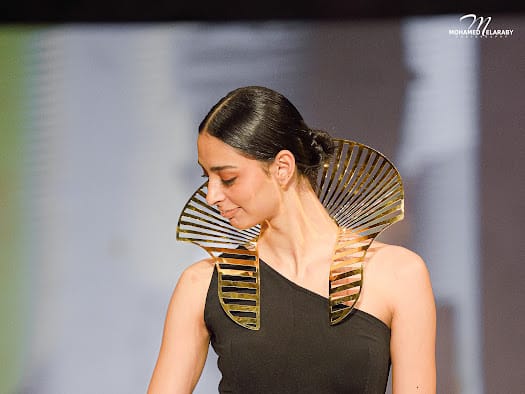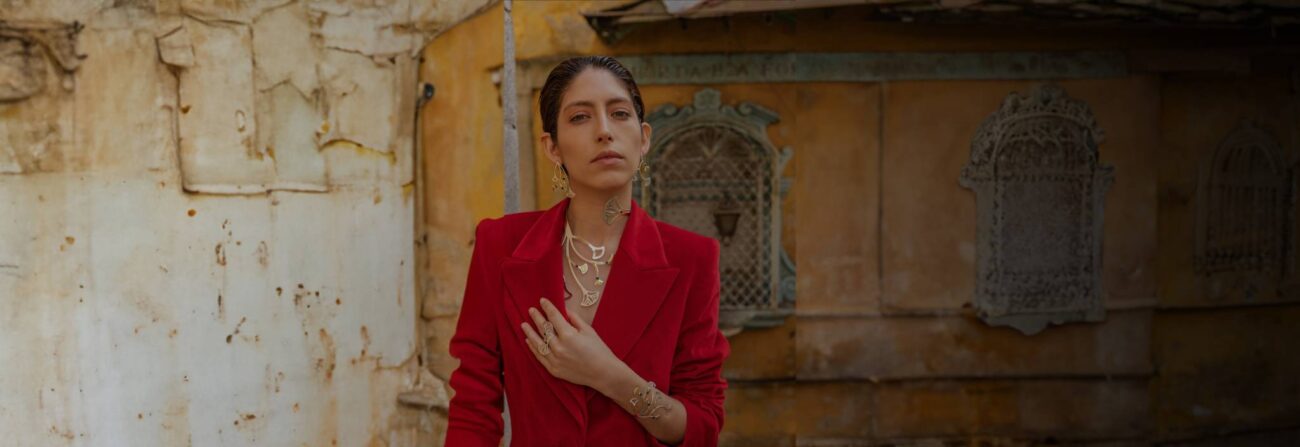Hathor vs Isis: Two Sides of the Divine Feminine
Hathor vs Isis — these two legendary figures shaped Ancient Egyptian religion for thousands of years. Though both were powerful symbols of divine femininity, they embodied very different qualities and stories. Understanding Hathor vs Isis reveals how the ancient Egyptians saw love, magic, and motherhood woven into everyday life and the afterlife.

Who Was Hathor?
Hathor, whose name means “House of Horus,” was the radiant goddess of love, beauty, joy, music, dance, fertility, and maternal care. She was often depicted with cow horns cradling a sun disk, showing her connection to the sun god Ra and the nurturing sky.
Hathor brought happiness and celebration wherever she was worshipped. She protected women in childbirth and was closely linked with the sistrum, a sacred rattle used in temple music. Her most famous sanctuary is the stunning Temple of Hathor at Dendera, where visitors can still see beautifully preserved columns carved with her face.
Yet Hathor was not only gentle and joyful. As the Eye of Ra, she could unleash fierce power to protect order and punish chaos — a reminder that joy and strength often came hand in hand in Ancient Egyptian belief.

Who Was Isis?
Isis, whose name means “Throne,” is one of the most enduring goddesses in history. She represented magic, healing, motherhood, and unwavering devotion. Her story is deeply tied to Osiris, her husband, whom she resurrected through her magical powers after he was murdered by Set. Isis’s love and loyalty ensured the birth of Horus, the divine king.
Often shown wearing a throne-shaped crown or spreading protective wings, Isis was the guardian of pharaohs and everyday families alike. Her worship reached far beyond Egypt — she became a universal goddess adored across the Greco-Roman world.
One of the most beautiful places to feel Isis’s presence is Philae Temple, on an island in Aswan. Here, her myths of death, rebirth, and eternal motherhood still echo among the ancient columns.
What Makes Them Different?
When you compare Hathor vs Isis, you see two complementary sides of the divine feminine. Hathor radiates celebration, sensuality, and life’s pleasures. She is the joy-bringer, the goddess of music, dance, beauty, and the love that keeps the world vibrant.
Isis, on the other hand, embodies resilience, loyalty, and the deep mysteries of magic and rebirth. She is the wise mother, the healer, and the protector who uses her power to restore life and safeguard the innocent.
Together, Hathor and Isis show how the ancient Egyptians balanced light and shadow, joy and sorrow, sensual delight and spiritual wisdom — all within their vision of womanhood and the sacred.
See Hathor and Isis in Egypt
If you’re traveling in Egypt, you can experience the living legacy of Hathor vs Isis in stone:
- Temple of Hathor – Dendera: Famous for its zodiac ceiling, richly decorated halls, and pillars topped with Hathor’s serene face.
- Temple of Isis – Philae Island: A magical island sanctuary surrounded by water, where you can walk through the myths of resurrection and divine motherhood.
- For more ancient wonders, explore our guide to Egyptian temples.
The Lasting Power of Hathor vs Isis
In the end, Hathor vs Isis is not about choosing which goddess is greater. It’s about seeing how these two divine figures together reveal the full beauty, power, and depth of Ancient Egypt’s spiritual world — a legacy that continues to inspire and enchant people around the world today.








